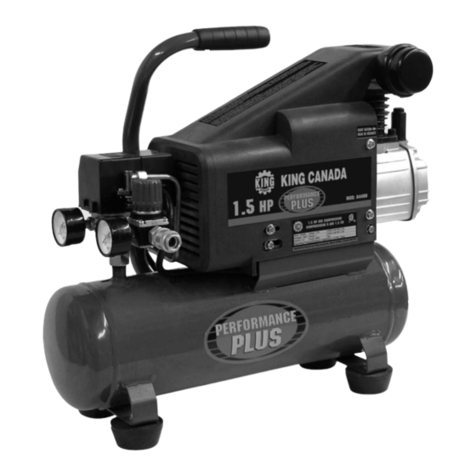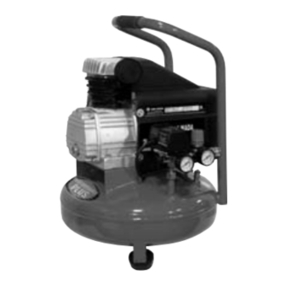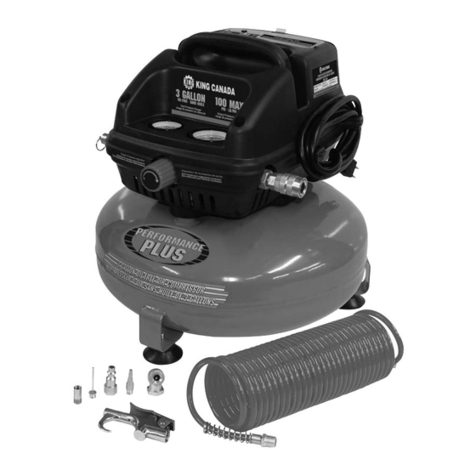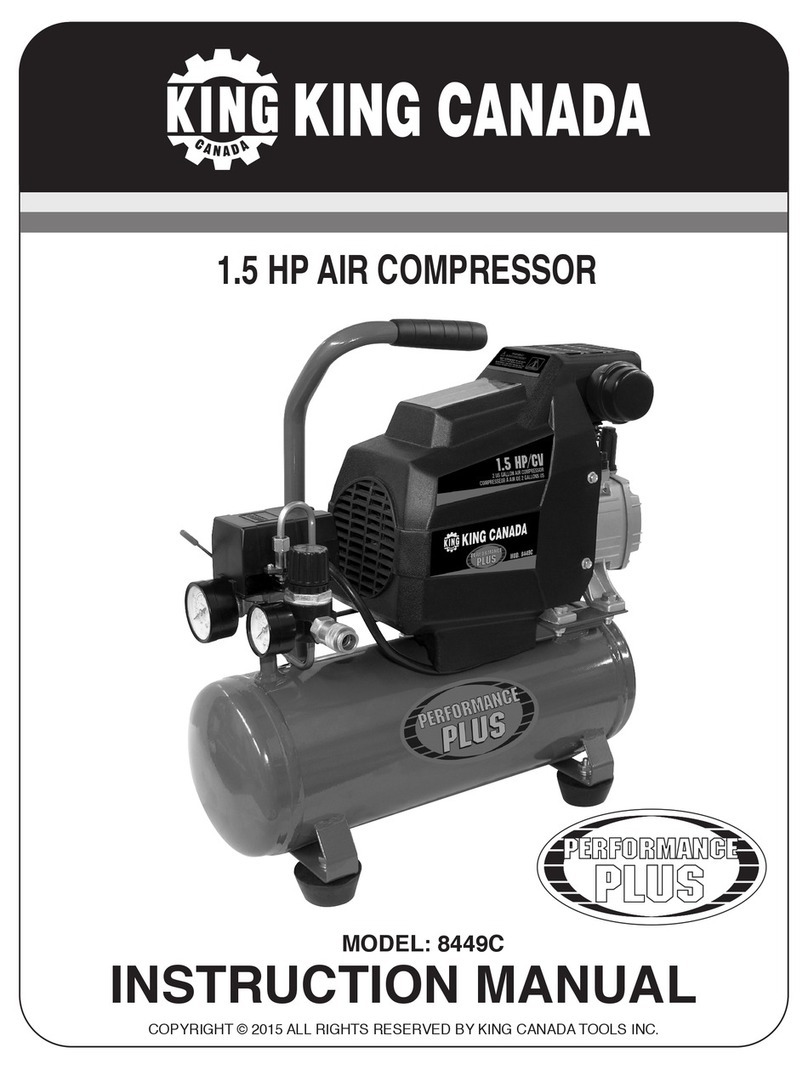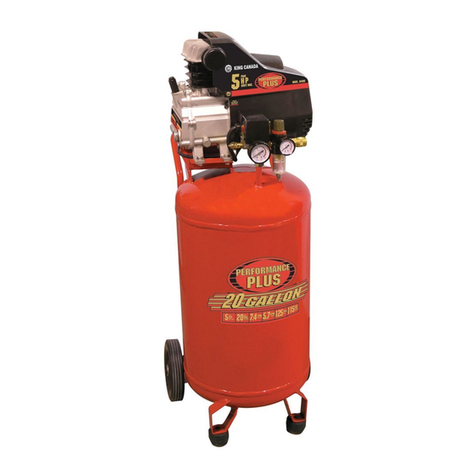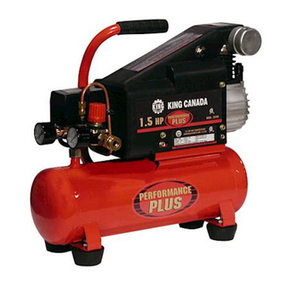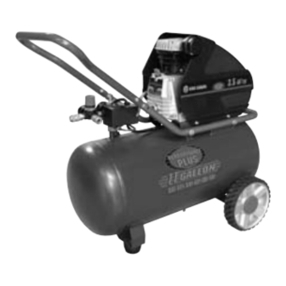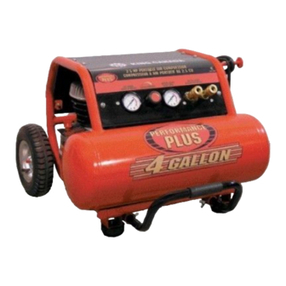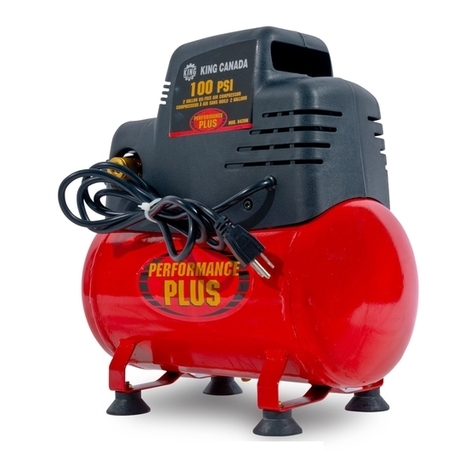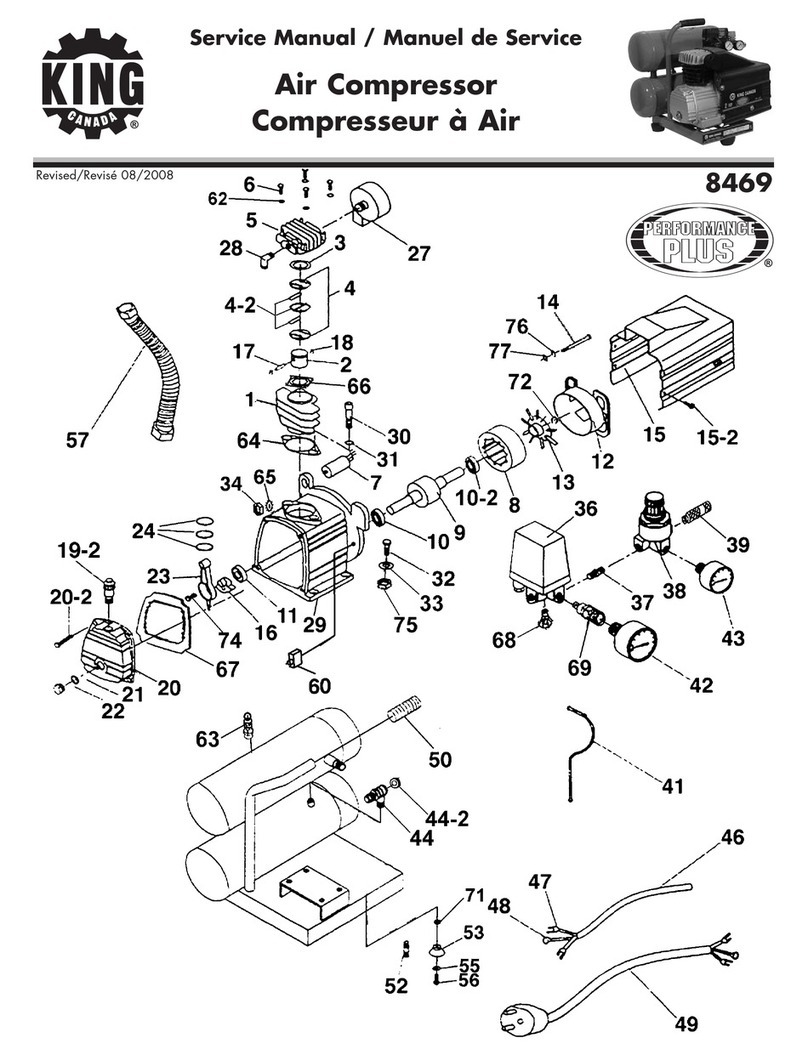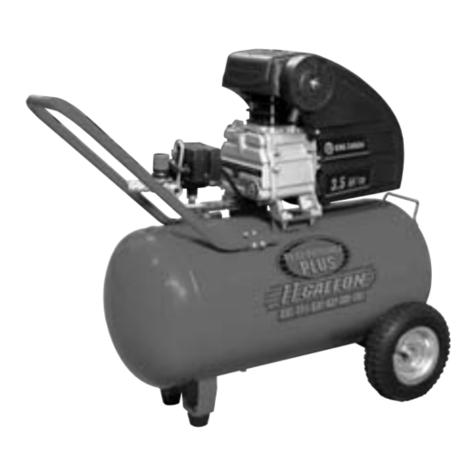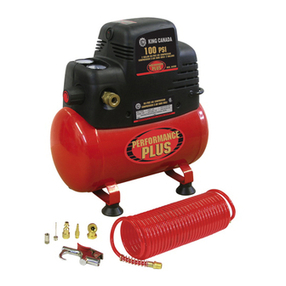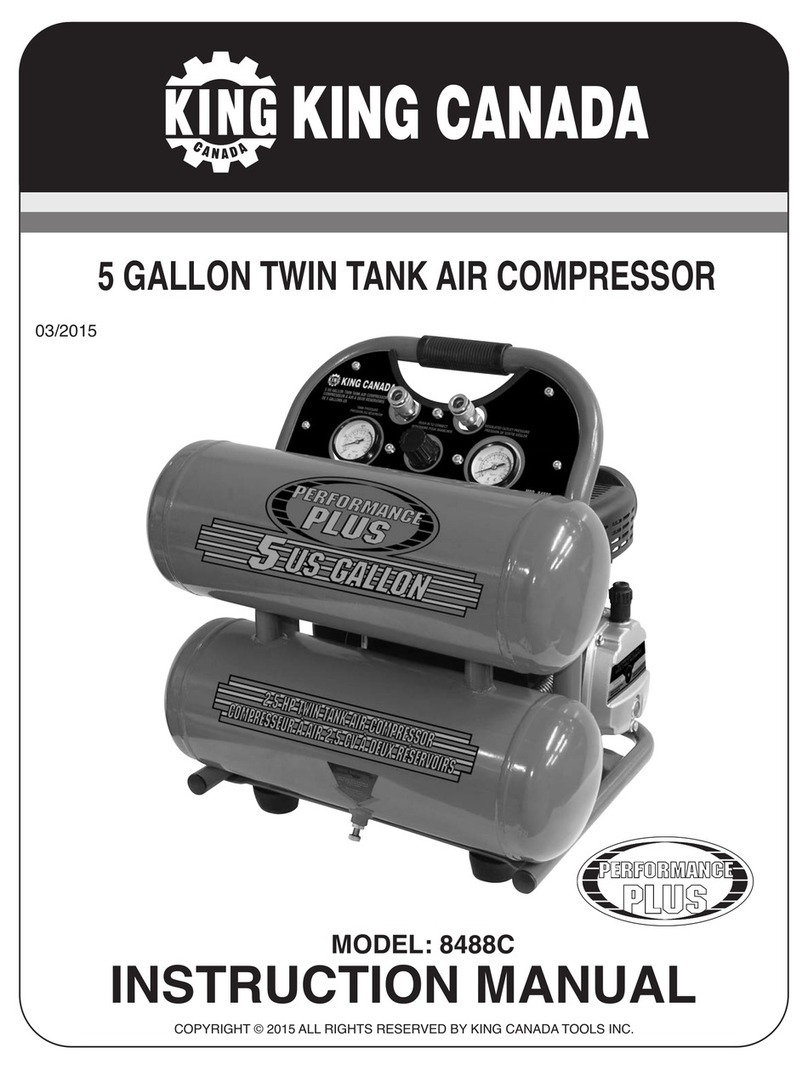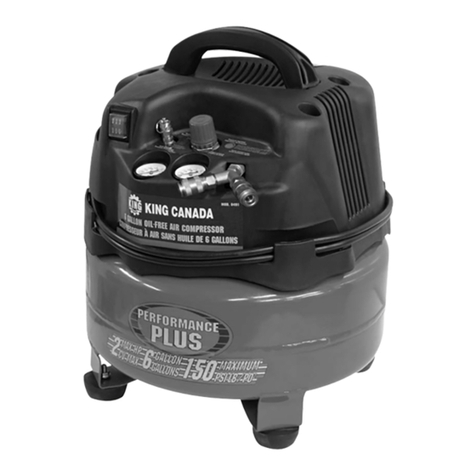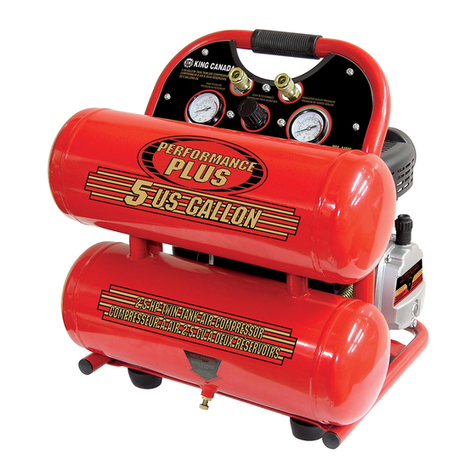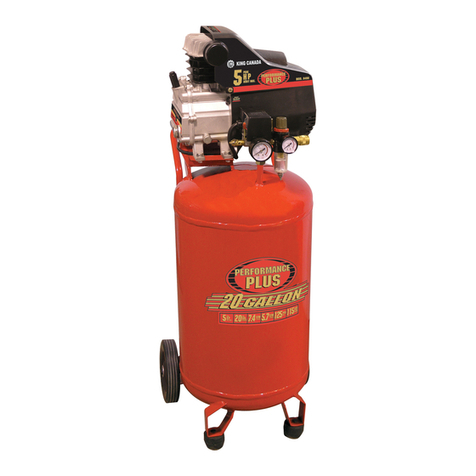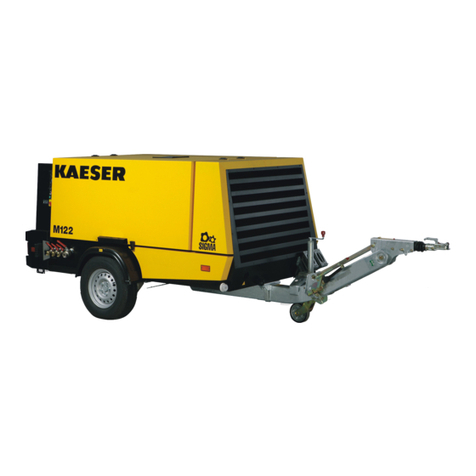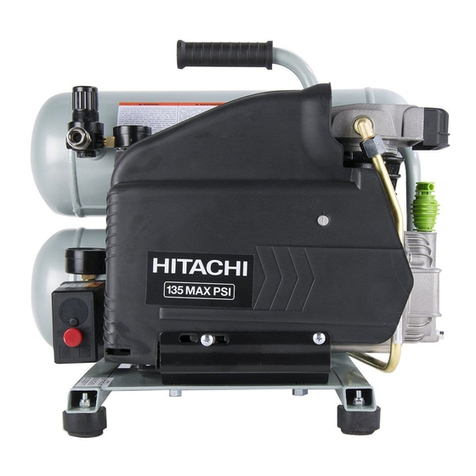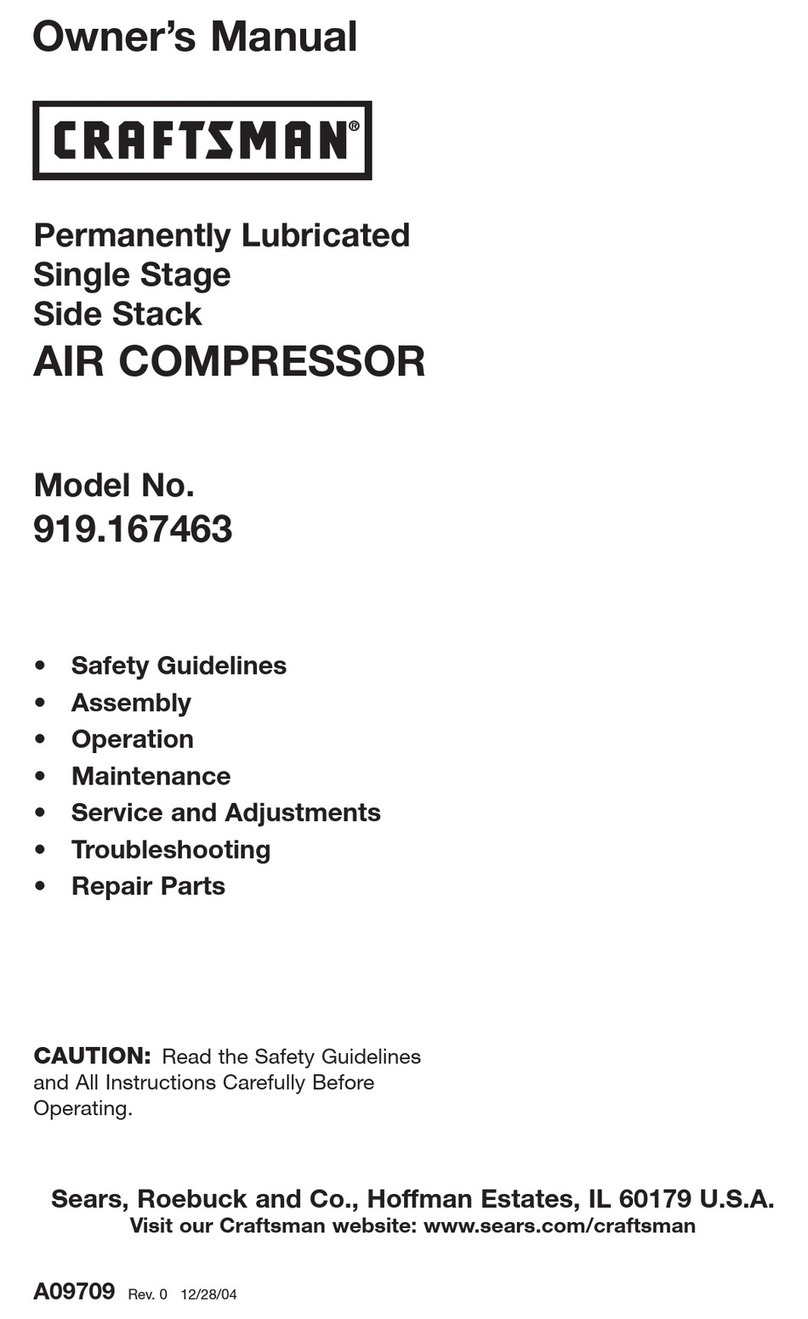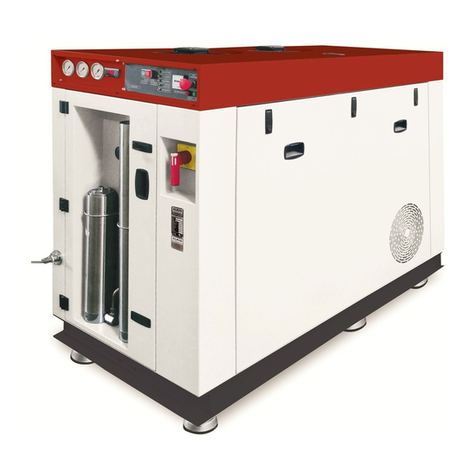OPERATING YOUR
POWER SOURCE & AIR COMPRESSOR
CHARGING THE POWER SUPPLY BATTERY
IMPORTANT:This unit contains a sealed lead-acid battery. This unit comes partially
charged and it should be fully charged for at least 12 hours before initial use.
Charging the Power Source battery with residential power using 120V AC power adaptor
1. First make sure the main power switch is in the Off
position.
2. Remove AC power adaptor (A) Fig.1 from the rear
storage compartment. Plug the AC power adaptor into
any 120 Volt AC wall outlet and connect the other end
into the Input charging jack (B).
3. The charging indicator light will turn on to indicate that
the battery is charging.
4. To check the power level of the battery during charging,
simply turn the main switch to On and check the power level indicator lights.
Red light-Battery is dead, recharge.
Amber light-Battery is weak, recharge.
One green light-good charge.
Two green lights-full charge.
Charging the Power Source battery in your vehicle using 12V DC power adaptor
1. First make sure the main power switch is in the Off
position and that the vehicle is running.
2. Remove 12V DC power adaptor (A) Fig.2 from the rear
storage compartment. Plug the cigarette lighter end of
the cord into the vehicle’s cigarette lighter socket.
Connect the other end into the Input charging jack (B).
You can now recharge the Power Source battery for as
long as your vehicle is running.
Warning! Do not drive the vehicle during charging and do not charge for more than 36 hours.
Some vehicles’ cigarette lighters and 12V power ports do not operate unless the vehicle
ignition is in the necessary position.
3. The charging indicator light will turn on to indicate that the battery is charging.
4. To check the power level of the battery during charging, simply turn the main switch to
On and check the power level indicator lights.
Charging note: Keep battery at full charge, ready for emergencies. Frequent recharging
will not harm the battery, it will actually improve the performance of the internal battery. If
the battery is kept in a discharged state, damage due to sulfation could be permanent,
resulting in continuing and irreparable poor performance. When not in use, charge once a
month.
Figure 1
Figure 2
OPERATING YOUR
POWER SOURCE & AIR COMPRESSOR
JUMPSTARTING AN ENGINE
WARNING:This unit must be fully charged to start an engine.
If your vehicle’s battery is too weak to start your car, you can use this Power Source to start
it. Before starting, make sure all vehicle lights, radio, heater, etc are all turned off.
1. Check your vehicle’s manual for special instructions before attempting to charge your
vehicle battery.
2. For maximum power from the Power Source, make sure all switches are off.
WARNING!
•Do not attempt to charge a battery with frozen electrolyte.
•Booster clamps are not switched by the main power switch and are always live, never
allow the clamps to touch each other or a common piece of metal.
•Working with lead-acid batteries is dangerous! Batteries generate explosive gases
during normal operation. Do not face the battery during connection and stay as far as
possible away from the battery being charged.
3. Place the Power Source on a flat surface within the
vehicle engine compartment so it is stable and close
enough to reach the positive terminal of the battery with
the red positive (+) clamp.
4. Remove the booster clamps from the holsters, securely
connect the positive (red +) clamp (A) Fig.3 to the
positive (+) terminal of the vehicle battery. Do not allow
the positive (+) clamp to touch any part of the vehicle
other than the positive (+) terminal of the battery. This
could cause a short to the vehicle’selectrical system
resulting in expensive damage to the vehicle electronic
equipment.
5. Securely connect the negative (black -) clamp (B) to a grounded point such as the metal
of the engine or vehicle chassis, as far away from the battery as possible.
WARNING! •Do not connect the negative (-) clamp to the negative (-) terminal of your
vehicle battery, this will cause sparking in close proximity to the batteries natural explosive
gases, possibly leading to an explosion.
6. Turn the main switch to the On position and start your vehicle.
7. Once the vehicle has started, disconnect the negative (-) clamp first and reposition it in
the clamp holster.
8. Then disconnect the positive (+) clamp and reposition it in the clamp holster.
If your vehicle doesn’t start within 10 seconds, allow the Power Source battery to cool
down for a few minutes before attempting to start the vehicle again.
If your vehicle battery is completely dead and the ignition lights don’t come on, let the
Power Source remain connected to the vehicle battery for 10-20 minutes before
attempting to start the vehicle.
Do not operate 12V accessories from the Power Source while trying to start the vehicle.
Figure 3
